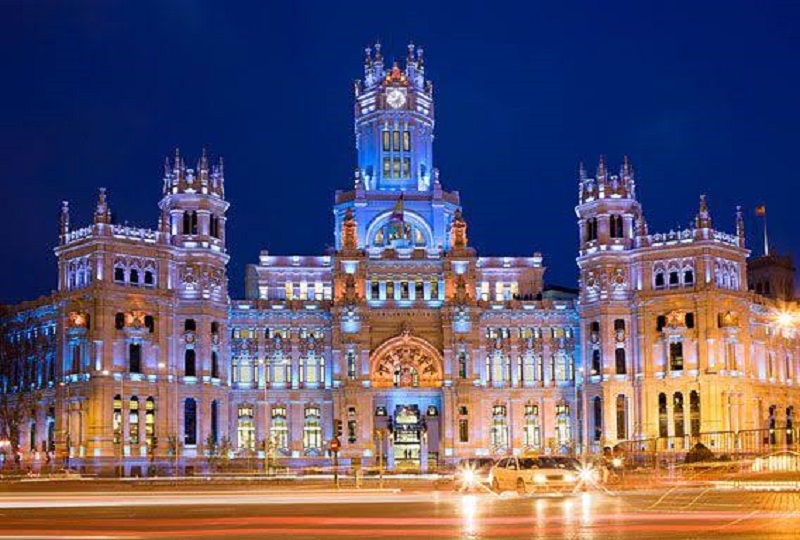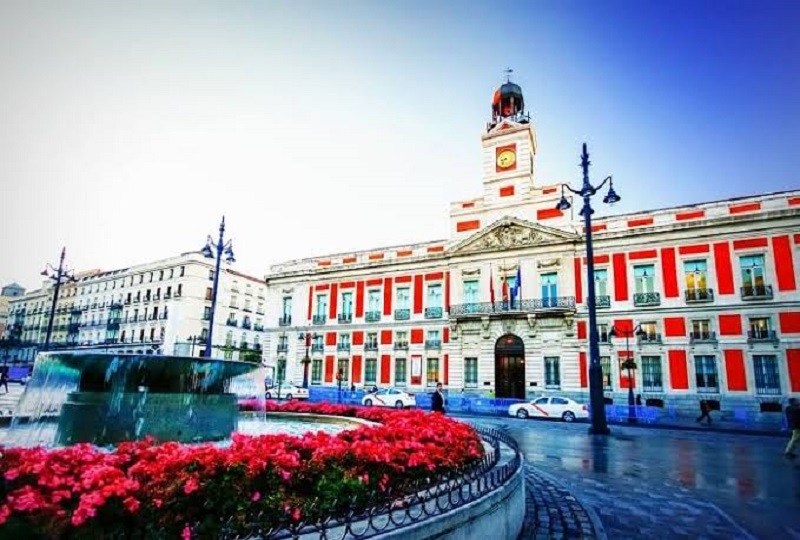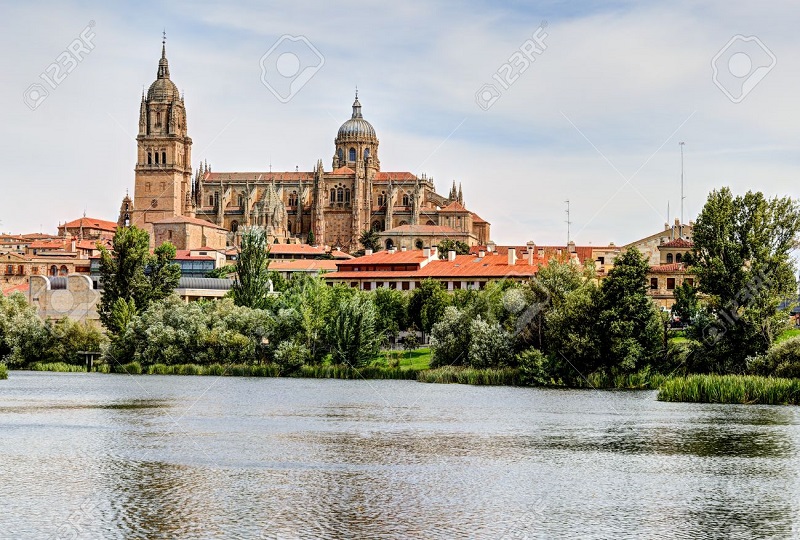Venue & Hospitality
City Highlights
About City
Little medieval architecture is preserved in Madrid, mostly in the Almendra Central, including the San Nicolas and San Pedro el Viejo church towers, the church of San Jerónimo el Real, and the Bishop's Chapel. Nor has Madrid retained much Renaissance architecture, other than the Bridge of Segovia and the Convent of Las Descalzas Reales.
Many of the historic buildings of Madrid date from the Spanish Golden Age, which coincided with the Habsburgs reign (1516–1700). Philip II moved his court to Madrid in 1561 and transformed the town into a capital city. These reforms were embodied in the Plaza Mayor, characterised by its symmetry and austerity, as well as the new Alcázar, which would become the second most impressive royal palace of the kingdom. The material used during the Habsburg era was mostly brick, and the humble façades contrast with the elaborate interiors. Notable buildings include the Prison of the Court, the Palace of the Councils, the Royal Convent of La Encarnación, and the Buen Retiro Palace. The Imperial College church model dome was imitated in all of Spain. Pedro de Ribera introduced Churrigueresque architecture to Madrid; the Cuartel Del Conde-Duque, the church of Montserrat, and the Bridge of Toledo are among the best examples.
Venue




